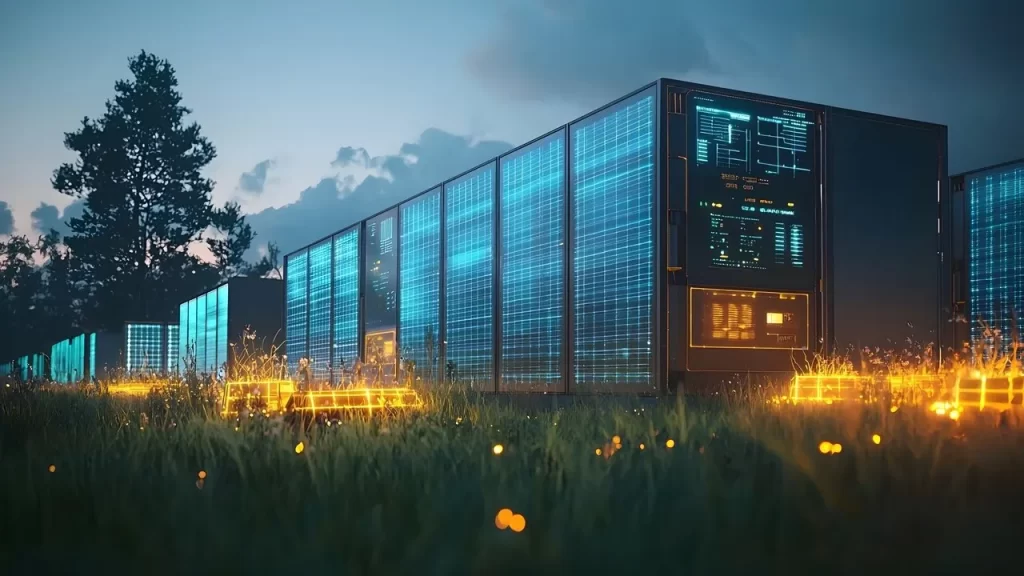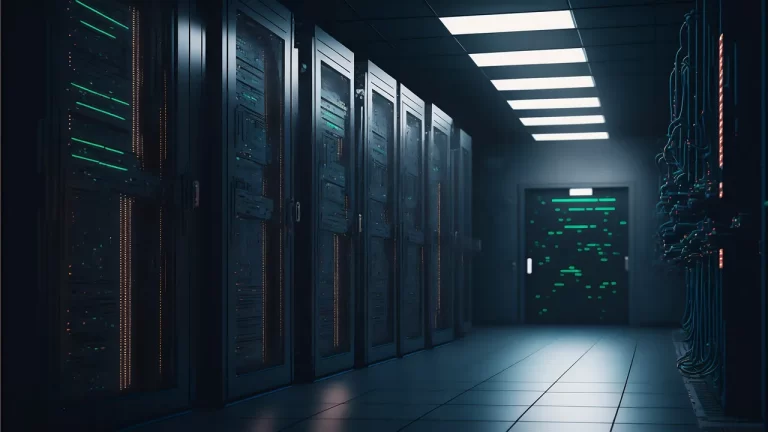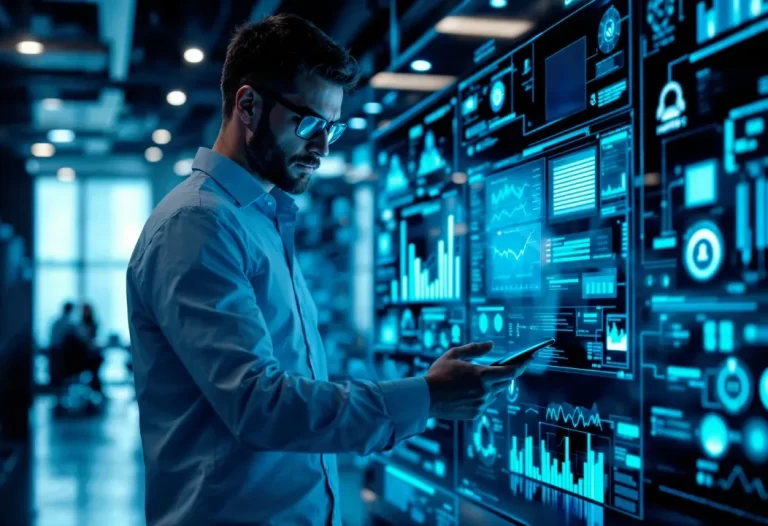Modern computing requirements and storage needs are expanding remarkably due to the rapid development of digital economics. Data centers have transformed from support systems into essential contributors to this major shift. These energy centers now rank among the top energy-consuming facilities within modern-day technological operations. Due to sustainability challenges, companies implement innovative data center operation methods that serve their environmental targets while decreasing their environmental impact. Companies employ innovative building designs together with virtualization and cloud-based approaches to achieve their goals. Digital systems of the future must focus on establishing sustainable practices along with energy efficiency.
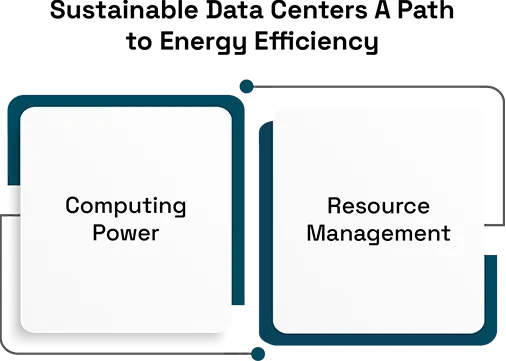
The Shift Toward Sustainability in Data Centers
Current data centers are also costly in terms of power, both for computing and cooling systems, lighting, and infrastructure maintenance. Any organization, whether a governmental or a business entity, tends to set even higher carbon goals when people come to realize the effects of climate change. Data center sustainability trends that involve management significantly concern power usage efficiency without compromising performance.
In cloud computing, the significant transformation that has occurred is virtualization of technologies. Virtualization minimizes the presence of unnecessary equipment, cuts power consumptions and makes the management of the physical server less complicated by supporting several virtual servers. It also improves efficiency in allocation of resources within the business hence minimizing wastage of physical resources.
Cloud Adoption Fuels Efficiency
Cloud computing data center models are becoming essential in the shift toward sustainability. Compared to legacy on-premise infrastructure, cloud platforms offer improved scalability, lower energy costs, and smarter resource utilization.
Google Cloud, Microsoft Azure, and AWS are the leading hyperscale providers that continue to pour money in renewable energy, automation with the help of artificial intelligence, and advanced cooling techniques. Many of these Cloud computing centres utilize wind energy, solar energy, hydroelectric power and have innovative cooling technology which includes liquid immersion cooling and outside air economization.
Cloud data centers are dynamic and they can manage the load, workload and on-demand resource provisioning; thereby, providing power when necessary to systems. This helps to make increases in energy use minimal, but availability and performance levels high.
The Role of Virtualization and Architecture
Virtualization lies at the core of energy-efficient cloud computing. The rise of the virtual data center in cloud computing lets businesses consolidate servers, cut down power use, and scale operations without increasing their physical footprint.
In parallel, sustainable data center architecture in cloud computing is evolving. From modular designs that enable incremental capacity growth to hot aisle containment systems that improve cooling efficiency, every aspect of facility design is being rethought.
Additionally, smart automation tools like Grok AI are pushing efficiency further. These systems apply machine learning and predictive analytics to better manage distributed workload, anticipated power requirements, and adjust operational responses in real-time, resulting in a huge cut in overhead and increased productivity.
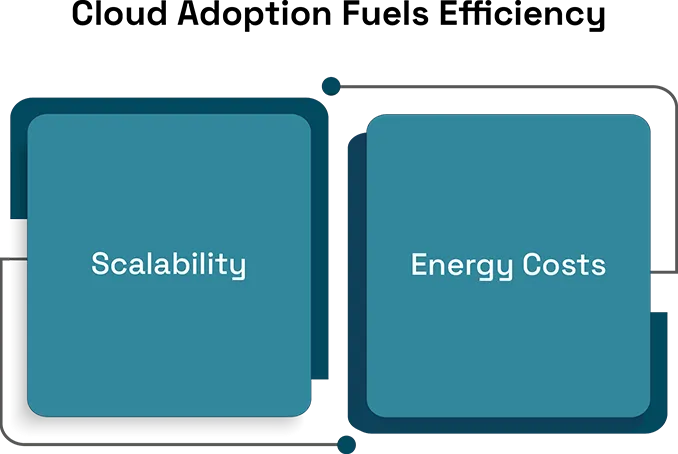
Understanding Network Efficiency
Some people also consider energy efficiency as a requirement for data center network architecture as well as its constituent equipment. Cloud-based data center networking is one of the important features that help to minimize the use of energy in cloud infrastructures and improve its performance.
Cloud computing in the current day employs the provision of virtualization strategies such as software-defined networks and network function virtualization for the management of data flow. These technologies include dynamic routing, congestion control and bandwidth allocation, and basic ideas involve low latency and good energy requirements.
In addition to this with the more adoption of public cloud data centers, the enterprise is in a position to access shared infrastructure cost-effectively in its economies of scale. These centralized facilities should have the evidential potential to invest in the changes for sustainability and pass that benefit toward the consumers not only in financial aspects but environmental aspects as well.
Trends Shaping the Industry
In terms of the future for the data center industry in 2025 and beyond, some aspects people should expect contrary to the following: Modular data centers that give the ability to grow the volume without the need for purchasing additional space in the building are becoming more popular. These units can be rapidly deployed and are easier to cool and manage.
At the same time, there is a new method to improve and adapt enterprise strategies through the concepts of hybrid and multi-cloud. The hybrid approach means that the organizations can balance between the private, public, and on-premise to get the best in energy distribution and control while optimizing on sustainability as well as performance.
Other standardizations such as LEED, Energy Star, and ISO 50001 are now mandatory, and hence providers are forced to adopt some level of sustainability standards. There is also consideration of closed cooling, or the utilization of IT equipment waste heat to help heat other structures or industrial processes.
Conclusion
The process of making data centers sustainable for the future is not only realistic but also mandatory for any company today. The necessity for the optimization of computing power of digital devices increases due to the constantly increasing need for an improved density of computational tools and less impact on the Earth’s environment. Virtualization, cloud integration, smart architecture, and advanced networking are four potential approaches organizations can take to increase IT efficiency and minimize the amount of power usage.
Cloud computing, virtualization of data centers, and sustainability are restructuring not only technology but the world we live in. Businesses that apply such strategies today do not just become competitive facilitate a sustainable digital future.

